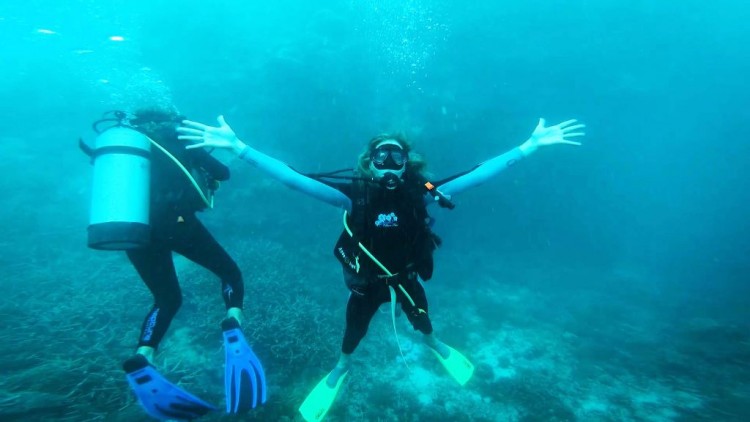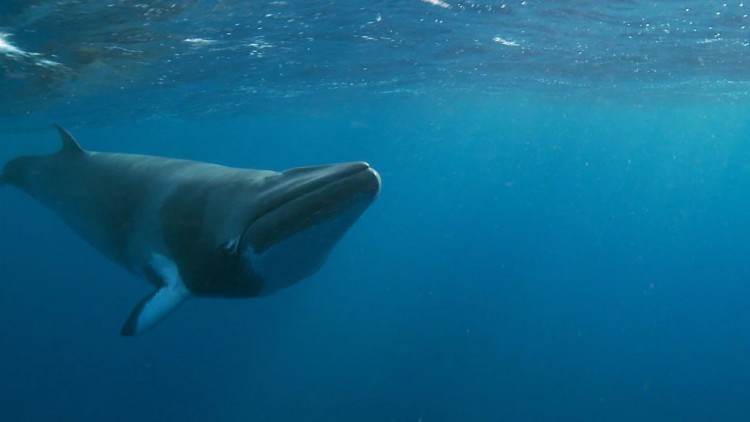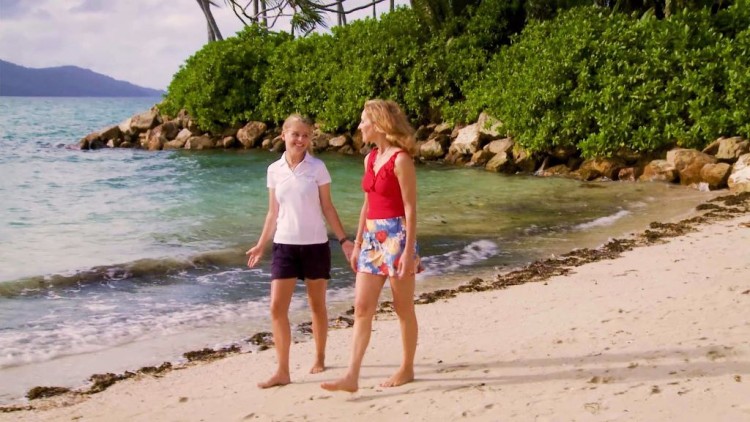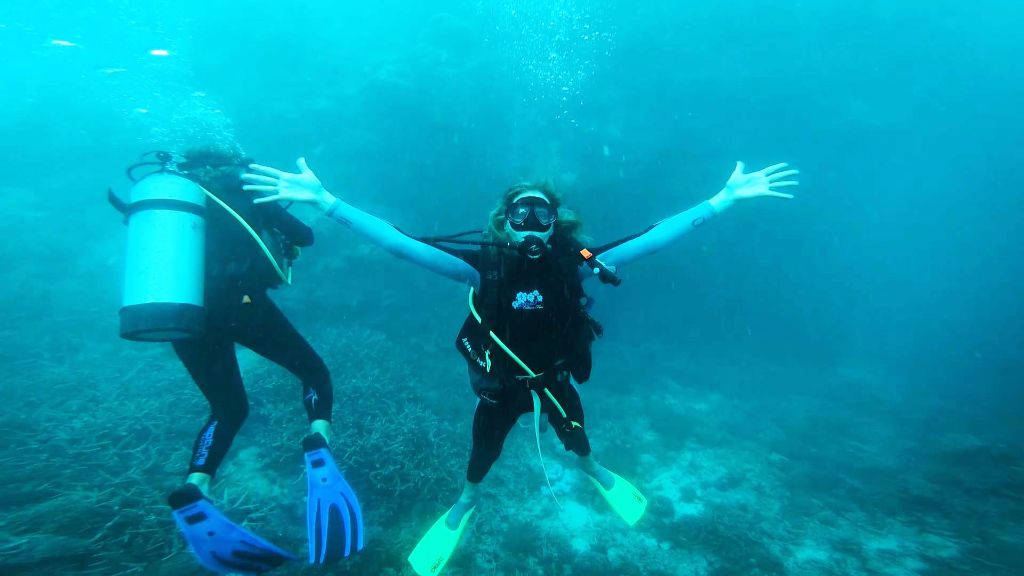
About The Great Barrier Reef
The Great Barrier Reef (GBR) is one of the seven wonders of the world. It is the world’s largest coral reef system, stretching 1800 miles almost parallel to the Queensland coast and broken into several different regions. The reef is home to many different species as well as a breeding area for migrating humpback whales. The Great Barrier Reef has over 900 islands stretching for over 2,600 kilometres.
GBR Fun Facts
- It is larger than the Great Wall of China and the only living thing on earth visible from space.
- The GBR is home to more than 400 different kinds of coral, over 1500 species of tropical fish, more than 200 types of birds, around 20 types of reptiles including sea turtles and giant clams over 120 years old.
- UNESCO listed the Great Barrier Reef as a World Heritage Site in 1981.
- Around 10 percent of the world’s total fish species can be found just within the Great Barrier Reef.
- The Great Barrier Reef is greater in size than the United Kingdom, Holland and Switzerland combined.
- The Great Barrier Reef is roughly half the size of Texas.

How the Reef is Managed
The Great Barrier Reef Marine Park Authority (GBRMPA) is responsible for ensuring the Great Barrier Reef Marine Park — one of the world’s greatest natural treasures — is protected for the future. As a World Heritage Area, the Reef is recognized internationally for its outstanding universal value. For 40 years they’ve managed this biologically diverse place and multiple-use area, using the best available scientific information and input from marine managers, researchers, experts and Traditional Owners.

Managing Threats
Many of the threats to the Great Barrier Reef ecosystem are the result of actions beyond the boundaries of the Great Barrier Reef region (such as coastal development and catchment land use practices).
- Climate change is perhaps the biggest threat to the Great Barrier Reef. Warmer ocean temperatures put stress on coral and lead to coral bleaching.
- The Great Barrier Reef has experienced two mass coral bleaching events in 1998 and 2002. Bleaching was more severe in 2002, when aerial surveys showed that over 50% of reefs experienced some coral bleaching.
*These fun facts curtesy of www.reatbarrierreef.org and their sources. Visit below;
http://www.greatbarrierreef.org/about-the-reef/great-barrier-reef-facts/
Other information courtesy of The GBR Marine Park Authority;
http://www.gbrmpa.gov.au/





No Comment